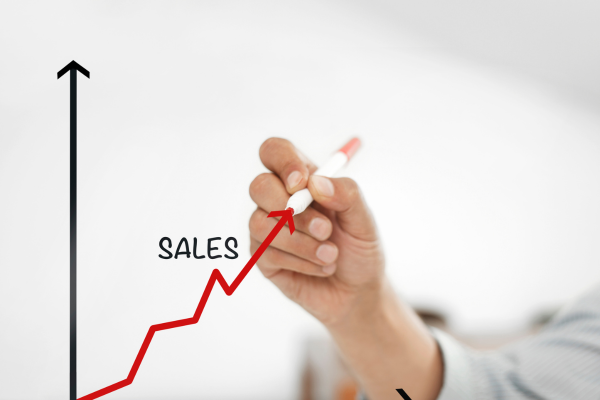Sales have always been a blend of art and science. While traditional sales techniques focus on persuasion and relationship-building, modern sales strategies are increasingly influenced by insights from psychology and behavioral economics. Understanding how customers make decisions, what drives their behavior, and how emotions impact purchasing choices can drastically improve your sales approach. By leveraging the principles of behavioral economics, sales professionals can enhance their techniques and achieve better results.
What is Behavioral Economics?
Behavioral economics is a field of study that blends psychology and economics to explore how people make decisions. Unlike classical economics, which assumes individuals always make rational choices, behavioral economics recognizes that people often act irrationally, influenced by biases, emotions, and cognitive shortcuts.
In the context of sales, these insights can help you better understand consumer behavior, predict purchasing patterns, and create more effective sales strategies. By tapping into these human tendencies, you can enhance your ability to influence buying decisions.
Key Behavioral Economics Principles to Use in Sales
- Anchoring Effect
The anchoring effect occurs when people rely heavily on the first piece of information they encounter (the “anchor”) when making decisions. In sales, this can be used to your advantage by setting a higher initial price for a product or service. Once customers see the high starting price, any subsequent lower price will seem more reasonable, even if it’s still higher than expected.
Example: If a product is priced at $1,000, but you offer a discount that brings it down to $700, the $700 price will appear more attractive in comparison to the anchor price. - Scarcity Principle
People tend to place more value on things they perceive as scarce or in limited supply. This scarcity effect can be used in sales by creating a sense of urgency or exclusivity around a product or service. Limited-time offers, low-stock notifications, and exclusive membership deals can trigger the fear of missing out (FOMO), encouraging quicker buying decisions.
Example: “Only 5 items left in stock!” or “Limited-time offer: Buy one, get one free—today only!” - Social Proof
Humans are social creatures, and we often look to others for guidance when making decisions. Social proof refers to the tendency to follow the actions of others, especially when we’re uncertain. This principle can be used in sales by showcasing customer testimonials, reviews, case studies, and influencer endorsements.
Example: Displaying customer ratings or sharing success stories from similar buyers can encourage potential customers to follow suit, reducing their perceived risk of making the wrong decision. - Reciprocity
Reciprocity is the principle that people feel obliged to return favors or actions that benefit them. In sales, you can use reciprocity by offering something of value to your customers, such as a free trial, sample, or useful content. When customers perceive they are receiving something for free, they are more likely to reciprocate by making a purchase.
Example: Offering a free e-book or consultation can lead to greater trust, making the customer more likely to purchase your product or service afterward. - Loss Aversion
Loss aversion is a cognitive bias where people are more motivated by the fear of losing something than by the prospect of gaining something. Research suggests that losses are psychologically about twice as powerful as gains. In sales, you can highlight what customers stand to lose by not making a purchase or opting for a competitor’s product.
Example: “If you don’t act now, you’ll miss out on the chance to save 20% on this item, and prices will go up soon.” - Framing Effect
The way information is presented, or framed, can influence decision-making. Salespeople can use this principle to frame offers or products in a more attractive way. The key is to focus on the positive aspects and benefits rather than the negatives.
Example: Instead of saying, “Our product costs $500,” frame it as “For just $500, you’ll gain access to our premium features that will help you save time and money in the long run.”
Practical Applications of Behavioral Economics in Sales
- Product Bundling: By offering a bundle of related products at a discounted price, you can tap into the anchoring effect and make customers feel they are getting more value for their money.
- Price Presentation: Rather than presenting a single price, compare multiple options to make the middle choice seem like the best value. For example, offering three versions of a product (basic, premium, deluxe) with the premium version priced higher can make the middle option seem like the best deal.
- Urgency and Deadlines: Use deadlines or limited-time offers to invoke the scarcity principle. Be sure to communicate urgency with phrases like “Hurry, offer ends soon” or “Only a few items left.”
- Personalization: Leverage the principle of reciprocity by personalizing your communication and offering customers tailored experiences based on their preferences or past purchases. This builds a sense of trust and increases the likelihood of conversion.
Conclusion
Behavioral economics offers a powerful toolkit for understanding the psychological triggers behind purchasing decisions. By leveraging principles like anchoring, scarcity, social proof, reciprocity, loss aversion, and framing, sales professionals can tailor their strategies to better align with human behavior and improve conversion rates.
Incorporating these principles into your sales process isn’t just about manipulating customers—it’s about creating value in ways that resonate with their needs, desires, and biases. By understanding the science of selling, you can build stronger connections with your customers, foster trust, and drive better sales outcomes.
Sales have always been 50% art and 50% science. Traditional sales approaches are oriented towards persuasion, relationship building, closing the deal—but modern selling strategy is heavily influenced by behavioral psychology and economic research. Learning about what drives customers’ decision making, what influences their behavior and how emotions affect purchasing decisions can give your sales strategy a massive boost. Utilizing approaches from behavioral economics can help sales professionals make it even more effective.
What is Behavioral Economics?
Behavioral economics is basically a combination of psychology with economics, and deals with how people choose. Where traditional economics believes that people will always make the right decision, behavioral economics deals with the idea that most of us often act in an irrational way based on biases or our emotions and cognitive shortcuts.
In a sales context, these can help you understand consumer behavior better, anticipate purchasing patterns, and generate effective sales strategies. When you leverage these human behaviors, you can increase your ability to drive applicants to buy.
BE PRINCIPLE TO USE IN SALES #1
Anchoring Effect
The anchoring effect describes how people depend heavily on the first piece of information they see in making decisions. In the world of sales, this bias can be manipulated by pricing something higher than one wants to sell it. With a high initial price, any cheaper price you set later will feel reasonable — even if it is still higher than expected.
For instance, if your product normally sells for $1,000 and you give people a discount of just $300 to get it to $700, the new price is going to look like a great deal next to that anchor price.
Scarcity Principle
We are more attracted to things we see as scarce. There is an effect of scarcity that takes effect in saying that if I own one, then it should be limited somewhere else… You could easily use this to write sales content with urgency and exclusivity. The fear of missing out (FOMO) can be induced by limited-time offers, low-stock notifications or club members-only deals and ultimately encourage a faster purchase decision.
Here is an example “Only 5 pieces left in stock!” Also read this, “Today only: 1+1 FREE →→Limited time offer => Buy a pair and get the second FREE!
Social Proof
We are social animals, so we naturally lean towards others to help us decide what to do. Social proof is the innate tendency to do what others are doing, particularly when in doubt. In sales, you can use this principle to present your customers testimonial/review/case study/influencer endorsement.
Let us take an example — when people see others leaving positive customer ratings or similar buyers sharing their success stories, it encourages them to do the same thereby minimising their fear of a poor buying decision.
Reciprocity
The principle of reciprocity refers to what people must feel compelled (under the social norm) to reciprocate – that is, return actions in kind which are advantageous. In a sales context, reciprocity can be applied by providing something of value to your clients — offering them a free trial or sample or helpful material. Customers are already primed to feel inclined to buy from you again when they think they got something for free.
So, instead of simply advertising your service or product, you could provide them with a free e-book or free consultation to build trust and then make them more likely buy your product/service.
Loss Aversion
Loss aversion — A bias where individuals are motivated overwhelmingly more by the fear of losing something rather than, the promise of gaining something. It has been found that psychologically, people tend to perceive gains as only half as strong as losses. In sales, you can emphasize what customers will be missing out on if they do not buy from you or go with a competitor.
For instance, “You Won’t Be Able to Get 20% Off this product Unless You Act Right Now, and Prices Rising Soon.”
Framing Effect
So, how information is presented (framed) can change our decisions. For example, salespeople can frame this principle to make an offer or product sound more appealing. Focus on the positive side and advantages not on negative.
For example: Instead of writing, “Our product costs $500” rather say, “With only 500 dollars you could use our advanced features and help yourself save time & money in the long run.
How to Use Behavioral Economics to Sell More: Five Practical Applications
In a product bundling where you bundle relevant products at a discounted price, add the anchoring effect- You can lure consumers because they will feel like getting more for their money.
Present price — instead of presenting one price, present a number of options in order to make the second-cut feel like the best deal Consider giving three versions of a product (basic, premium and deluxe), when you price the premium version as median it can make the middle option look like the most attractive one.
Urgency and Deadlines: Implement deadlines or time-limited deals to trigger the principle of scarcity. Use urgency, such as hurry up with some text like this: the offer ends soon or only a few items left.
Personalization: Use the reciprocity principle when communicating with customers to deliver personal specially personalized experiences by leveraging their preferences or past purchases It fosters trust and leads to a higher rate of conversions.
Conclusion
Behavioral economics is a set of psychological tools that can be applied to get behind the motivations and triggers consumers have for purchasing. Selling enabled by principles such as anchoring, scarcity, social proof, reciprocation, loss aversion and the framing effect can help sales to better adapt their strategies to man 2 human behaviour in order to close more opportunities.
Integrating these principles into your sales process is not a matter of tricking customers it is about delivering value in a manner that resonates with their needs, wants and biases. The science of selling means building meaningful relationships with your customer base, creating a degree of trust and ultimately pushes up sales.


